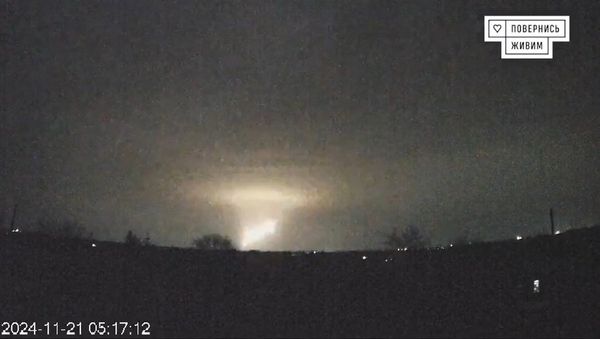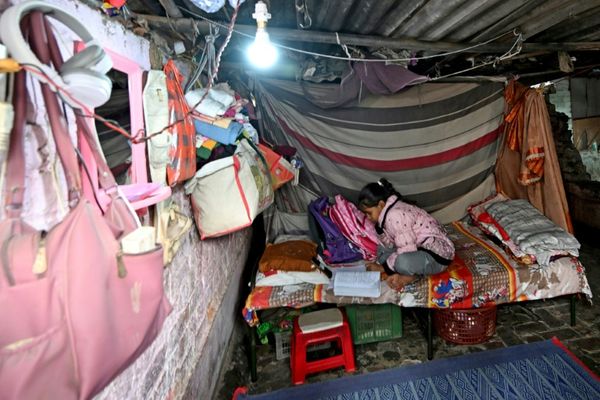
High-income Australians will still receive tax cuts as the government remains committed to managing inequality, Anthony Albanese says.
The prime minister reaffirmed the stage three tax cuts, to come into effect from July 1, will still go ahead.
“The government’s position hasn’t changed … inequality is an issue and the government has looked at ways in which we can improve that position,” he told ABC’s RN on Monday.
Albanese said Labor will continue to look at measures to help Aussies doing it tough in the lead-up to the federal budget.
Social welfare advocates have blasted the tax cuts as unfair as many people battle with a cost-of-living crisis.
But former senior treasury officials have backed the cuts as a way to address bracket creep.
Workers with a taxable income above $45,000 will benefit from the tax cuts, but high-income earners are set to receive the highest gains.
Meanwhile, jobseekers are being put through the wringer as competition for vacancies continues to intensify.
Australian employment marketplace Seek recorded a 0.5% increase in the volume of job ads posted in December — this was only the third increase in 18 months.
Demand for workers remains 17.4% lower than in December 2022 while the number of people fighting for the same position in November rose by 6%.
SEEK ANZ’s managing director Kendra Bank says this demonstrates continued rising competition for job opportunities.
Job ads for education and training workers dropped by 3.5% as part of a 5.9% dip compared to December 2022.
But hospitality and tourism ads, which have been on the decline since August, grew by 3.7%, making it the second highest monthly rise behind consulting and strategy positions, which rose 4%.
However, the overall uptick was also supported by increased demand for blue-collar workers.
Job ads for the trades and services sector grew by 2.2% with employers increasingly searching for labourers, welders and boilermakers, and gardening and landscaping roles — which all experienced increases of 5-8%.
But every sector was posting fewer open positions in December 2023 than the year before, with demand for information and communication technology industry roles dropping by 31.9% compared to the previous year.
Across the nation, demand for employees increased in Western Australia, the Northern Territory, Queensland, NSW and Tasmania while the volume of job ads in the ACT dropped 2.5%, as South Australia fell 0.9% and Victoria slipped 1.7%.
But the number of job ads in every state and territory bar one were below December 2022 levels.
Tasmania, which experienced a 5.6% monthly increase in job openings, was the only state that recorded a higher volume of job ads in December 2023 than the same month a year before.
This comes after the Australian Bureau of Statistics released its unemployment data on Wednesday.
It revealed that job vacancies had dropped 0.7% to 389,000 in the three months to November 2023, which is still 71% higher than the last pre-pandemic figure.







